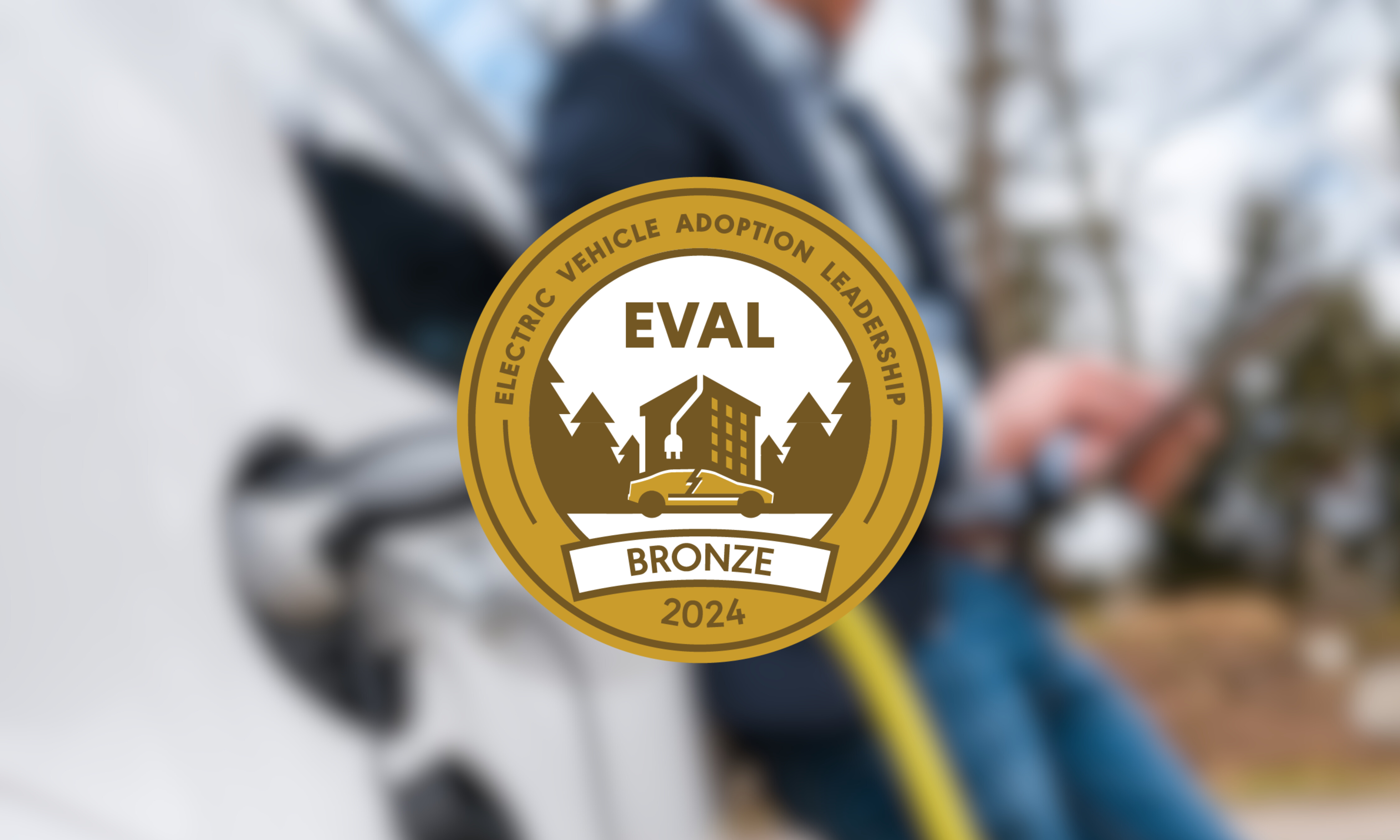 We’ve been hearing a lot about range anxiety lately. Plug In America addresses that persistent, pulse-accelerating concern in its Top 12 Plug-in Electric Vehicle Myths. In fact, range anxiety is listed as numero uno:
We’ve been hearing a lot about range anxiety lately. Plug In America addresses that persistent, pulse-accelerating concern in its Top 12 Plug-in Electric Vehicle Myths. In fact, range anxiety is listed as numero uno:
MYTH # 1: EVs don’t have enough range. You’ll be stranded when you run out of electricity.
That’s an assumption that is not born out by those who actually drive electric cars. It’s interesting to note, as MINI E driver Tom Moloughney states in a recent post addressing range anxiety: “The people that stress about how they would be constantly worried about running out of charge say that because they have never owned an electric car. The thing is, after you live with the car for a little while (a month or so) the range anxiety goes away.”
Amen to that, Tom. New technology can be unsettling because it’s . . . . well . . . DIFFERENT. One historical example of new-technology jitters: In the 19th Century, the first vehicles on the road were viewed with such scepticism that “in 1865 the U.K. passed a new Locomotives Act which required all road-going, self-propelled vehicles be proceeded by a man walking 60 yards ahead with a red flag or lantern to warn pedestrians and horse-riders of the oncoming danger.”
The perceived danger of standing dejectedly by a dead electric car near the side of a thoroughfare evokes strong misgivings on par with 1865 moving vehicle terror. (Theme music from JAWS playing in the background)
Tom Molougney and I agree: Nothing calms the fabled range-anxiety nerves like actually getting behind the wheel of an electric car for more than just a ride around the block. In the still unfolding EV story, familiarity does not breed contempt; it breeds calm acceptance of the car’s capabilities, its range and its usefulness. Range anxiety cures come with a few EV commutes, a half-dozen unremarkable errands and presto — it becomes clear to the driver that 100, 150 or 220 real-world miles will do just fine, thank you. That dawning realization is supported by the fact that Americans drive an average of less than 40 miles per day. Meaning, of course, that electric cars can meet most of the driving needs of most Americans on an ongoing basis.
Plug In America’s answer to range anxiety is: “Most new BEVs have a range of at least double 40 miles and can be charged at any ordinary electrical outlet (120V) or publicly accessible station with a faster charge.”
The word “faster” naturally brings to mind my 2008 Tesla roadster. The proof that electric vehicle range and charging capability is proceeding apace resides side-by-side in my own garage. My 2001 RAV4 EV has a 100-plus mile range. My 2008 Tesla roadster, on the other hand, has a 200 to 240 mile range — depending upon how weighty my lead foot happens to be on any given day. My RAV takes about 5 1/2 hours to charge from depleted battery pack to fully charged. My Tesla, however, can achieve charging nirvana in 3 1/2 hours tethered to the High-Powered Connector in my garage. When traveling longer distances in the roadster, I carry both a 120V mobile charging cord and a 240V Universal Mobile Connector. This very practical combination allows me to plug into almost any electrical outlet. I can only charge my RAV, however, with a rather cumbersome MagneCharger weighing in at around 70 pounds. Portable? Not so much.
Clearly electric vehicle range and charging capabilities have vastly improved in the seven years between acquiring my RAV4 EV and my Tesla roadster. Now that higher gas prices and a sense of inevitability seem to have garnered automaker attention, one can imagine the incremental improvements and charging conveniences that will likely unfold in the future.
According to the Chevy Volt Electric Car Site, range anxiety is not a focus of people who actually drive EVs. Rather, it consists mostly of imagined scenarios and fears of the uninitiated. The study also showed that EV drivers were satisfied with their home-charging capabilities. The somewhat surprising conclusion of this study indicated that “an extensive public charging network may not be needed to encourage EV adoption.” Nice, convenient and reassuring — but not absolutely necessary.
So I’ve been silently gliding into my garage and taking all of three seconds to plug in my EV (charging on an as-needed basis at night while I sleep) for nine-and-a-half years. I’ve been thrilling all this time to the fact that my “to do” list does not include schlepping down to the gas station to pump gas into a car. And I want to be clear about one more thing: I’ve never — not once– been stranded by the side of the road because of an electric car on EMPTY.
Posted by Linda Nicholes
Photo courtesy of Branden Barber

